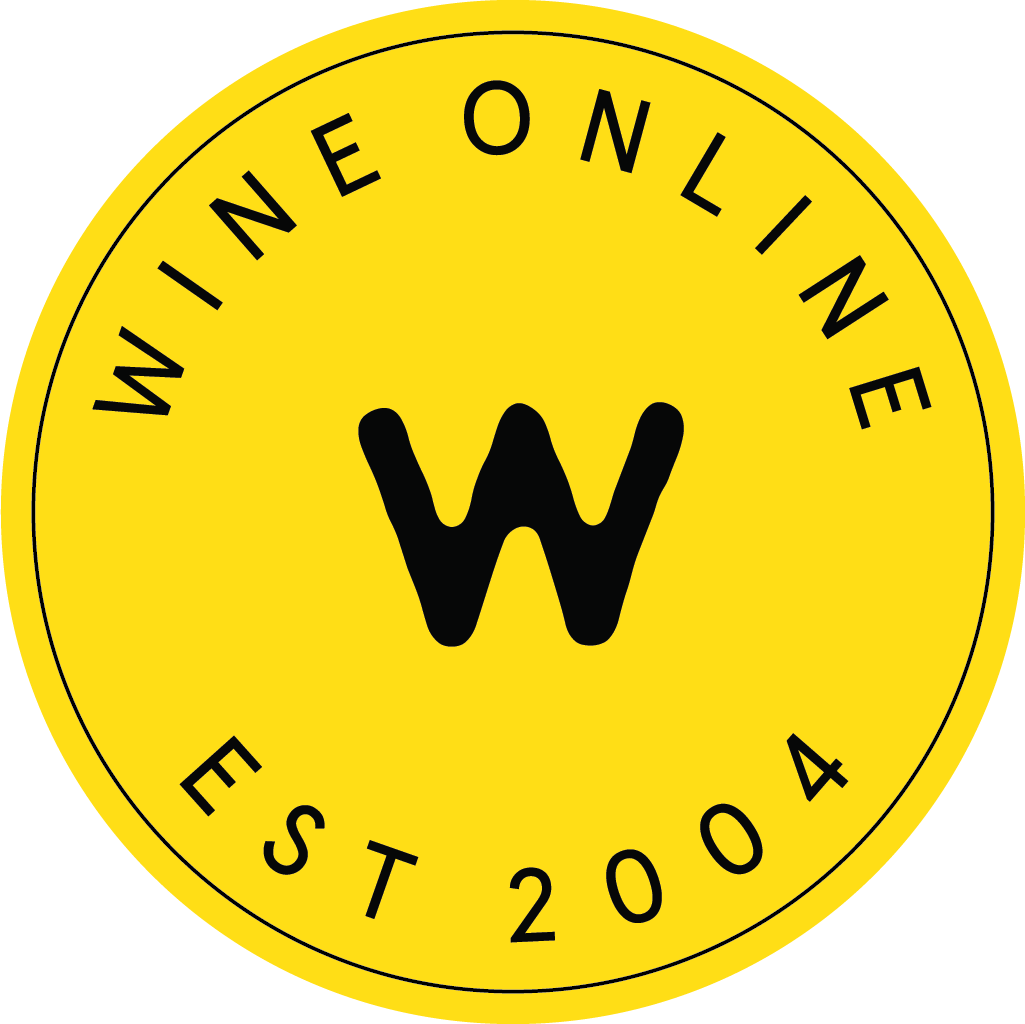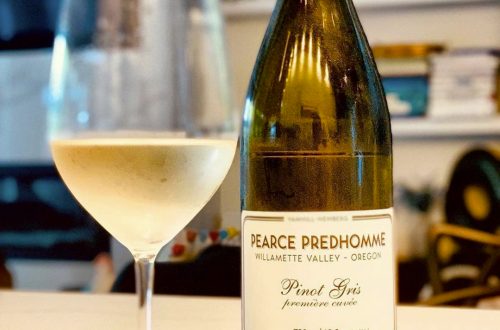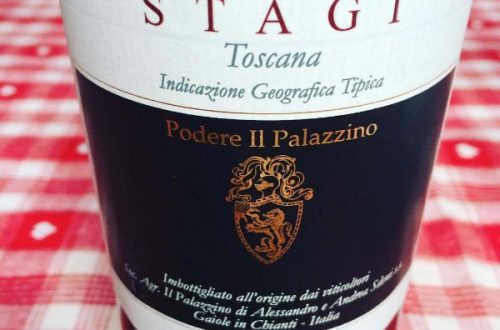How To Read A Wine Label
Wine labels can draw your attention with their design alone, but what useful info is hiding behind the graphics? Here are a few things to look for on the front and back labels next time you find yourself trying to decide on a bottle.
It may be visually striking or an old favourite; regardless of how they look, wine labels have a lot of useful information to help guide your selection. Read on to discover what your bottle’s trying to tell you.
Mandatory mentions
- Country of origin
- Producer / Bottler: who produced the wine. For example, the mention bottled at the castle (or domain) (Mis en bouteille au Château (au Domaine) in french) means that the wine has never left the place of production and is entirely from it, which is generally a guarantee of quality
- Alcohol by volume (ABV): expressed in percentage (%) of total volume; the higher it is, the more robust the wine
- Volume: generally, 750ml but it also could be 1000ml (Magnum), 3000ml (Jeroboam), … until 15L (Nabuchodonosor)
- Classification: corresponds to product origin. This might be a generalized area without a geographical indication (Vin de France), a specific production area (AOC Bordeaux, PGI Quebec Wine, …) or from a specific vintage or winery (Chablis 1er cru Vaillons, Bolgheri-Sassicaia). Depending of its origin, the regulation could be different
- Allergen warning: most often, the note is “contains sulfites,” but a note about the use of dairy products or crustaceans (used in the fining process) may also appear
- Pregnant woman pictogram informing pregnant women of the dangers of alcohol appears on all bottles in European Union countries.
Optional mentions
- Vintage: harvest year
- Winery name: Château, Domaine, Estate, Mas, Clos; this isn’t required information, and is generally reserved for wines with a geographical indication, but it give us some information
- Variety: must be at least 85 percent of the stated variety, and when two or more varieties are indicated (as in wine blends), the wine must contain 100 percent of stated grape varieties
- A number can be added to the bottle. This can give an information about the number of wines bottled
- Growing conditions (organic, biodynamic, sustainable certifications) wine ageing specifications
- The label on the back may also contain additional information: wine-food pairing suggestions, suggested serving temperature, or estate history
The term “reserve” may occasionally be a good sign. In Spain and Italy, it means that a wine has undergone additional aging in cellars, which improves its taste. Except that everywhere else this term can be used without any obligation on the part of the producer. Better be wary.
A slightly more significant term is the mention of old vines (“Vieille Vigne” in french). Even if it does not obey any rule, this mention usually means that the wine is made with more mature vines that produce a wine more concentrated, therefore of better quality.
The medals or prices awards
We often notice that some bottles display small medals on the pediment of their labels. Is it a guarantee of quality? Yes and no. Yes, because it shows that this wine has been considered better than others by connoisseurs, but we must also know that there are many of these competitions and that some of them are less famous than others. So you have to check the
legitimacy of the competition.
Surely, the only foolproof thing to know if a wine is good is to taste it … And that is a pleasure that is not at all complicated. Santé!
Photos ©larevuedesvinsdefrance





